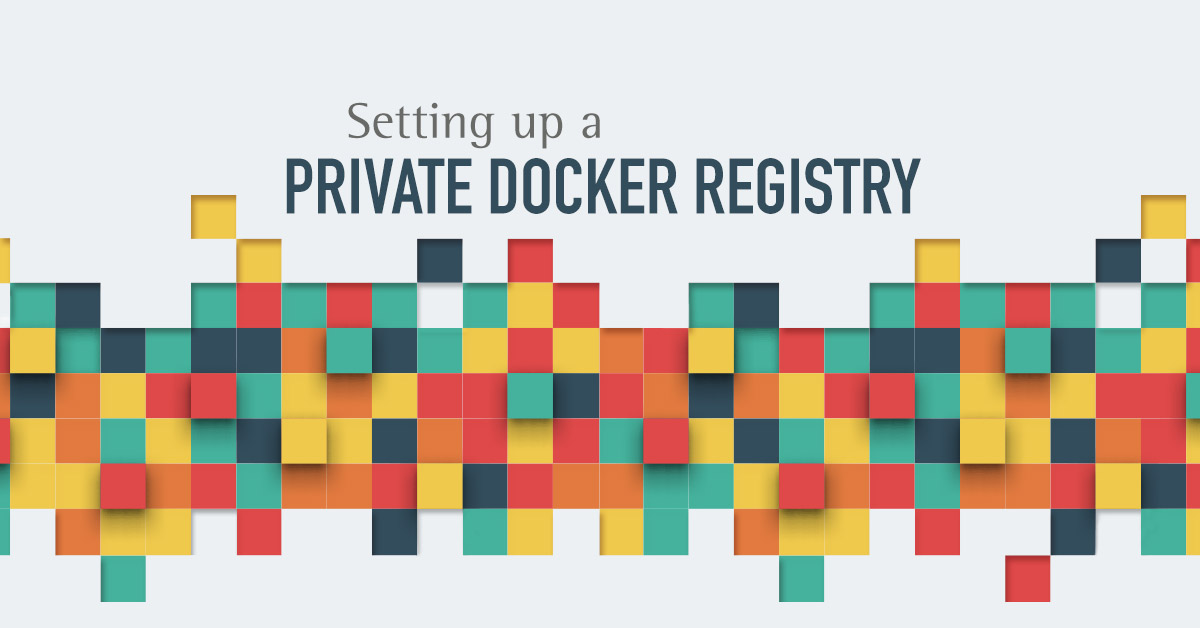


If you don’t see them, check the troubleshooting section below. Search Loggly over the recent past to find logs with the journald-loggly tag. To verify sending system logs run the command below. It will forward all the logs that are coming to journald. Now your service is started and set up to monitor the journald daemon. You can check the status of the service by running the command below and it must be active and running: sudo systemctl status rvice Now, copy and paste the following command in terminal to restart rvice: sudo systemctl start rvice Since the rvice changed on disk, you may have to run the command below to reload units: sudo systemctl daemon-reload : insert your customer token from the source setup page.Paste the content below content in the above created file: ĭescription=Forward journald logs to LogglyĮxecStartPre=-/bin/mkdir -pv /opt/loggly/journald-forwarderĮxecStartPre=-/usr/bin/curl -L -o /opt/loggly/journald-forwarder/journald-forwarder ĮxecStartPre=-/bin/chmod +x /opt/loggly/journald-forwarder/journald-forwarderĮxecStart=/opt/loggly/journald-forwarder/journald-forwarder -token -tag journald-loggly Please create a service file rvice under your /etc/systemd/system directory by running the command below: sudo vi rvice We are going to use a systemd service which will be responsible for collecting the journald daemon logs and forwarding them to Loggly without excluding all the attached metadata. Note: This setup is supported by systemd so please ensure you are on the latest Linux distribution that supports systemd and systemctl commands to start/stop/restart the system services. For example, when docker is forwarding its logs to journald, the CONTAINER_ID and CONTAINER_NAME are captured, which is not the case with the syslog approach. The journald to syslog to loggly approach is not optimal as it loses all the good metadata that journald contains. This setup is useful for those who want to bypass syslog altogether when sending their journald daemon logs or docker container logs using journald docker logging driver. The following instructions provide one scenario for sending logs to Loggly. In general, any method to send logs from a system or application to an external source can be adapted to send logs to Loggly.
#CHECK DOCKER SYSLOG INSTALL#
In particular, if you need to install a compiler, you can use multi-stage builds to ensure the compiler toolchain doesn’t end up in your final image.Īnd if you don’t want to implement these techniques yourself, they are all included in my Production-Ready Python Containers template.Loggly provides the infrastructure to aggregate and normalize log events so they are available to explore interactively, build visualizations, or create threshold-based alerting. Installing only necessary packages and cleaning up after the installer are good starting points, but you can get even smaller images. # Delete cached files we don't need anymore: # Install a new package, without unnecessary recommended packages:ĭnf -nodocs -y install -setopt = install_weak_deps =False python3 # -nodocs skips documentationm, which we don't need production # Docker images. # Install security updates, bug fixes and enhancements only. Every bash script you write should include this. #!/bin/bash # Bash "strict mode", to help catch problems and bugs in the shell # script. Unlike before, when we had different RUN commands for each step, we’re going to have a single RUN command that runs a shell script called install-packages.sh: So the following will apply to all three. The debian, ubuntu, and default python official base images all use the apt-get tool to install system packages. Debian, Ubuntu, and the Debian-based Python base image Let’s see how we do that for the two packaging variants we’re considering here, Debian/Ubuntu and RHEL. Otherwise, the deleted files will be gone in the latest layer, but not from the previous layer, much like deleting a file in your latest Git commit doesn’t delete it from previous commits.
#CHECK DOCKER SYSLOG SERIES#
To prevent these problems you need to install only the packages you really need, and to clean up unnecessary files once installation is done.īecause Docker images are structured as a series of additive layers, cleanup needs to happen in the same RUN command that installed the packages.

Keeping around cached copies of the package index and downloaded packages, which you don’t need once the installation is done.Installing recommended packages that you may not actually need.Installing packages adds unnecessary size by: Just installing syslog-ng increased our image by 134MB-but why? Installing less, and cleaning up $ docker image ls -format "" python-with-syslog


 0 kommentar(er)
0 kommentar(er)
